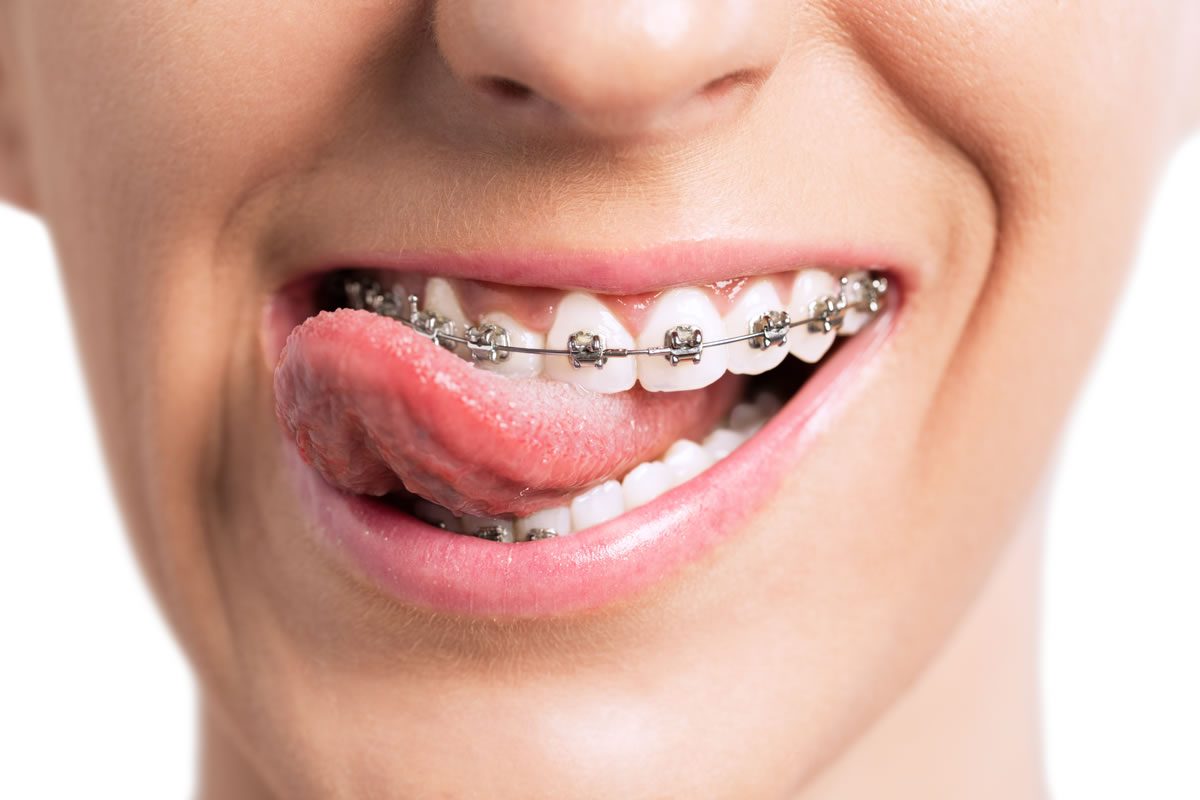More About Causey Orthodontics
Table of ContentsWhat Does Causey Orthodontics Mean?The Greatest Guide To Causey OrthodonticsSome Known Details About Causey Orthodontics Some Ideas on Causey Orthodontics You Should KnowCausey Orthodontics for Dummies
Ignoring occlusal partnerships, it was normal to eliminate teeth for a variety of oral problems, such as malalignment or overcrowding. The idea of an intact teeth was not commonly appreciated in those days, making bite relationships seem unimportant. In the late 1800s, the concept of occlusion was crucial for producing trustworthy prosthetic replacement teeth.As these principles of prosthetic occlusion advanced, it became an invaluable tool for dentistry. It was in 1890 that the job and influence of Dr. Edwards H. Angle began to be felt, with his contribution to modern-day orthodontics particularly significant. Initially concentrated on prosthodontics, he instructed in Pennsylvania and Minnesota prior to routing his attention in the direction of dental occlusion and the treatments needed to keep it as a normal problem, hence ending up being referred to as the "father of modern-day orthodontics".

The idea of suitable occlusion, as proposed by Angle and integrated into a classification system, enabled a change in the direction of treating malocclusion, which is any kind of discrepancy from normal occlusion. Having a complete set of teeth on both arches was very looked for after in orthodontic therapy due to the need for precise relationships in between them.
Indicators on Causey Orthodontics You Should Know
As occlusion came to be the key priority, facial proportions and visual appeals were overlooked - best orthodontist. To achieve excellent occlusals without utilizing outside pressures, Angle postulated that having best occlusion was the most effective way to get optimum facial appearances. With the death of time, it came to be fairly evident that even an extraordinary occlusion was not appropriate when considered from an aesthetic viewpoint
Charles Tweed in America and Raymond Begg in Australia (that both examined under Angle) re-introduced dentistry removal right into orthodontics throughout the 1940s and 1950s so they can improve face esthetics while also guaranteeing much better stability worrying occlusal partnerships. In the postwar duration, cephalometric radiography begun to be made use of by orthodontists for gauging adjustments in tooth and jaw placement triggered by development and therapy. It came to be evident that orthodontic therapy could readjust mandibular growth, leading to the development of practical jaw orthopedics in Europe and extraoral force steps in the US. Nowadays, both functional devices and extraoral tools are used around the world with the purpose of modifying development patterns and forms. Seeking real, or at least improved, jaw partnerships had actually become the major purpose of therapy by the mid-20th century.
The smart Trick of Causey Orthodontics That Nobody is Talking About
 Up until the mid-1970s, dental braces were made by wrapping metal around each tooth. https://www.cargodirectory.co/health-care-services/causey-orthodontics., it ended up being feasible to instead bond metal brackets to the teeth.
Up until the mid-1970s, dental braces were made by wrapping metal around each tooth. https://www.cargodirectory.co/health-care-services/causey-orthodontics., it ended up being feasible to instead bond metal brackets to the teeth.Andrews provided an informative interpretation of the perfect occlusion in long-term teeth. This has actually had meaningful results on orthodontic treatments that are carried out consistently, and these are: 1. Correct interarchal relationships 2. Correct crown angulation (tip) 3. Proper crown disposition (torque) 4. No turnings 5. Limited contact points 6. Flat Curve of Spee (0.02.5 mm), and based on these principles, he discovered a treatment system called the straight-wire home appliance system, or the pre-adjusted edgewise system.
The advantage of the layout depends on its brace and archwire mix, which requires just marginal cord flexing from the orthodontist or clinician (orthodontist services). It's appropriately named after this attribute: the angle of the port and density of the bracket base ultimately determine where each tooth is positioned with little demand for additional control
The 20-Second Trick For Causey Orthodontics
Both of these systems employed the same brackets for each and every tooth and required the flexing of an archwire in three aircrafts for locating teeth in their wanted settings, with these bends dictating best placements. When it comes to orthodontic home appliances, they are divided into 2 types: detachable and fixed. Detachable appliances can be handled and off by the person as required.

Hence, mostly all contemporary fixed appliances can be taken into consideration variants on this edgewise appliance system. Early 20th-century orthodontist Edward Angle made a significant contribution to the world of dentistry. He developed four distinct device systems that have been made use of as the basis for lots of orthodontic treatments today, preventing a couple of exceptions.
How Causey Orthodontics can Save You Time, Stress, and Money.

The cable ended in a thread, and to relocate forward, a flexible nut was made use of, which enabled for an increase in area. By ligation, each specific tooth was affixed to this large archwire (best orthodontist near me). Due to its minimal variety of motion, Angle was not able to achieve specific tooth positioning with an E-arch
These tubes held a firm pin, which might be repositioned at each visit in order to move them in position. Called the "bone-growing device", this device was thought to encourage much healthier bone growth as a result of its capacity for moving pressure directly to the roots. However, applying it showed troublesome in fact.